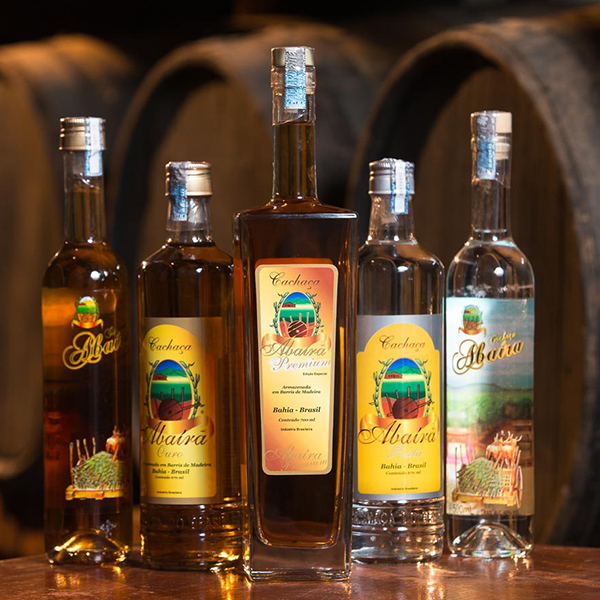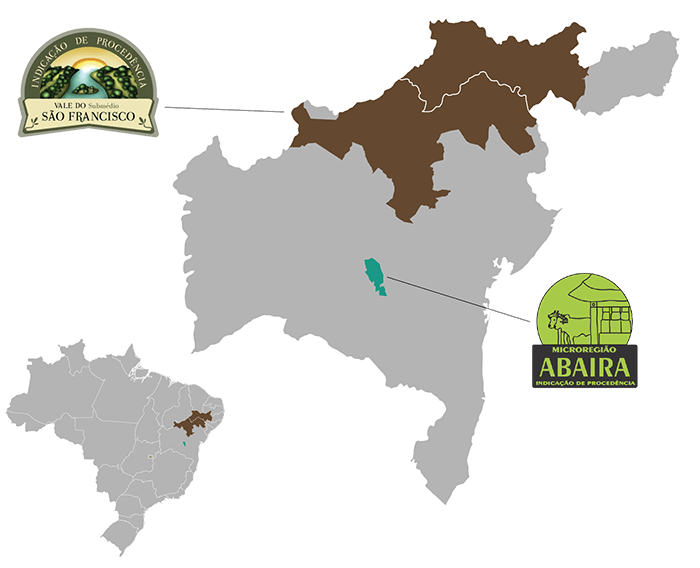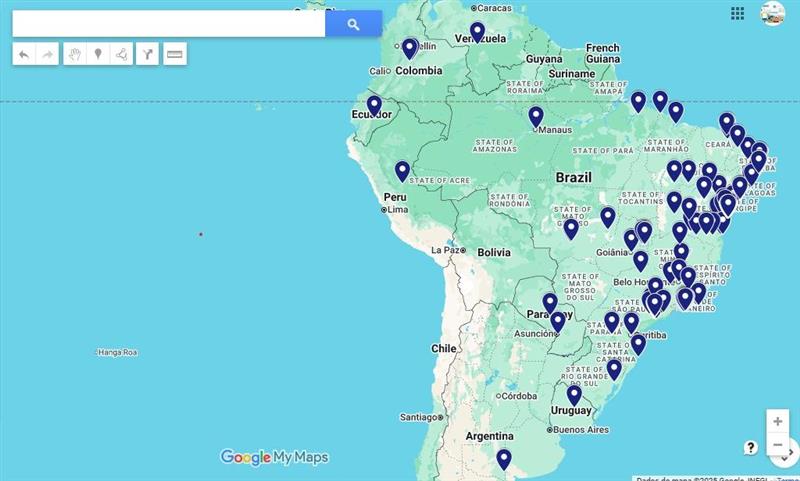Cachaca, grapes and mangoes from Bahia have origin stamp
November 06, 2017 09h00 AM | Last Updated: November 06, 2017 04h18 PM
The cachaca from Abaíra and table grapes and mangoes from the Sub-median Valley of the São Francisco River are the representatives from Bahia in the Map of Brazilian Geographical Indications, produced by the IBGE in partnership with the National Institute of Industrial Property - INPI. Released last September, the 2017 edition of the map shows the 53 Brazilian products and services with Geographical Indication stamps.

The Geographical Indication certifies the origin and special conditions under which certified products are manufactured, providing consumers with reliable information on the quality and authenticity of what they are purchasing. This type of certification also promotes the local culture and fosters tourism activities.
The products and services are certified into two categories: Indication of Origin, which certifies that local as the center of extraction, production or manufacture of a particular product or of provision of a particular service; and Designation of Origin, which certifies the geographical environment as essentially or exclusively responsible for the quality or characteristics of a particular product or service.
Geographical Indications have no expiration date and, once granted, they can only be used by the members of the community of that delimited geographic area where they produce products or provide services. The stamp represents a differential in the competitivity for domestic and foreign markets.
Distributed along every Brazilian geographic region, Geographical Indications were established by local producer associations, unions and cooperatives. The INPI´s Stamp of Geographical Indication is regulated by the Law of Intellectual Property no. 9.279.
Sales of Abaíra Cachaca increase about 60% after certification

The Abaíra cachaca is produced through family farming for more than 200 years, according to Nelson Luz, founder of the Cooperative of Sugarcane and Derivatives Producers of the Micro-region of Abaíra - COOPAMA. The spirit is produced by 35 agricultural industries in that area, five of them collective and 30 affiliated industries, directly benefiting 144 families.
After the stamp granting in 2014, the sales of the spirit has been increasing about 60% per year, according to the cooperative. "This stamp provides a different perspective to consumers, making them safer. It will have an even bigger impact in the long term, as Brazilian consumers still do not understand what a Geographical Indication is", recognizes Nelson Luz.
São Francisco Valley, biggest exporter of grapes and mangoes

The area of the Sub-median Valley of the São Francisco River is the biggest exporter of grapes and mangoes in Brazil, accounting for 99.47% of the grape exports and 85% of the mango exports, according to Tassio Lustoza, executive-manager of Vale Export.
This area has an irrigated crop of 120 thousand hectares, favoring the production of fruits, sugarcane, tomatoes, onions and other vegetables. This region produces 604,589 tonnes of mangoes and 252,540 tonnes of grapes per year.
"Most of the production comes from small farmers and enterprises, benefiting about 3 thousand producers in the area", says Lustoza. In addition, the fruticulture activity employes nearly 240 thousand persons directly and 960 thousand persons indirectly, according to Vale Export.
Table grapes and mangoes from the Sub-median Valley of the São Francisco River received the stamp of Indication of Origin in 2009 and was the first certification in Brazil involving two states, since that area encompasses municipalities in Bahia and Pernambuco.
Three products in Bahia about to be certified
Among the certification requests under analysis, three of them come from Bahia. The Tobacco Industry Union of the State of Bahia requested a Designation of Origin certification for Bahia cigars; The Association of Coffee Producers of Western Bahia requested an Indication of Origin certification for coffee in grain; and the Association of Cacao Producers of Southern Bahia expects an Indication of Origin certification for cacao nuts.
The granting of Geographical Indication stamps requires a thorough process, which is requested to the INPI.
To request a certification, producers or service providers have to meet a number of requirements, like being organized around representative entities, having a regulation on the use of the geographical name and providing evidence of a control structure, among others.
The official website of the Abaíra Cachaca brings more information on this product.
Information on fruits of the Sub-median São Francisco can be found here.
Text: Rita de Cássia Martins
Photo: João Alvarez, IBGE Bahia archive
Image: Pedro Vidal

















